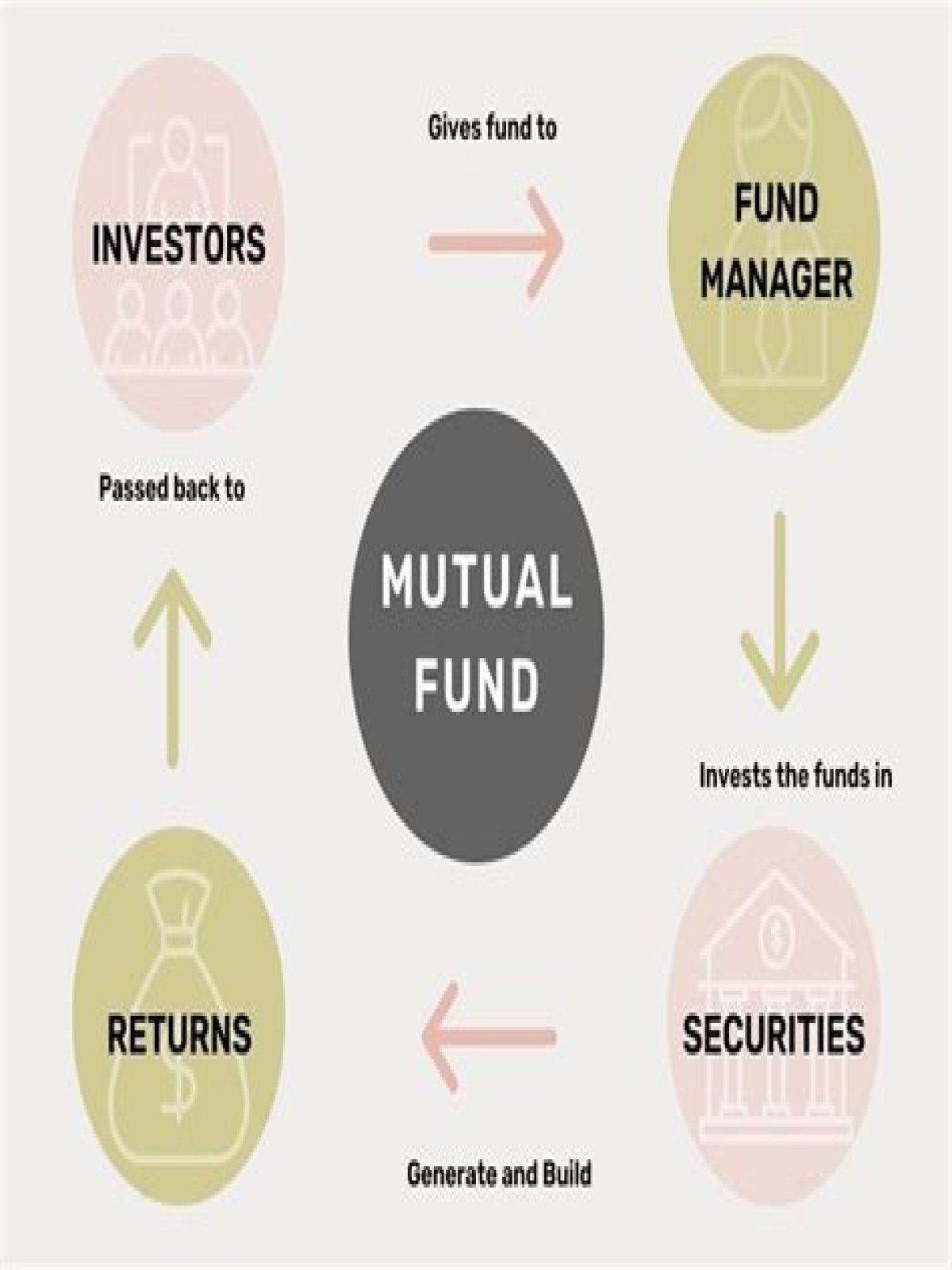What is a good MER for a mutual fund?
A good expense ratio, from the investor’s viewpoint, is around 0.5% to 0.75% for an actively managed portfolio. An expense ratio greater than 1.5% is considered high. The expense ratio for mutual funds is typically higher than expense ratios for ETFs.
How is a Mer calculated?
How do MERs work? The MER is expressed as a percentage of the average dollar amount of a fund investment. For example if an investor holds assets of $10,000 and the fund incurs annual costs of $78, the MER is 0.78%.
Is management fee and MER the same?
Often the management fee is used interchangeably with the MER by business publications and financial professionals, but the two are not the same. MER includes many fees, one of which is the management fee. As a result, the MER can often be higher than the management fee.
What is the average MER for mutual funds?
2.53% The average MER in Canada of all funds is 2.53%. It is important to note that all rates of return are published net of fees.
How do I avoid Mer fees?
How can you avoid high MER fees?
- Invest your money in exchange-traded funds (ETFs).
- Buy mutual funds with no trailer fee.
- Pay your advisor yourself.
Do mutual fund returns include Mer?
Performance data published by mutual funds and exchange-traded funds are after deducting the management expense ratio (MER), which includes the fund’s management fee, operating expenses and taxes. Fund returns are also reported after trading costs, which are reflected in the trading expense ratio (TER).
What is a good MER fee?
The advisory fee is usually between 1% and 1.5% of your portfolio value per year, with larger portfolios being charged even lower fees. Aim for a “good MER” of 0.25% to 0.75% by investing in ETFs and using a private investment management firm to manage your portfolio.
What does Mer stand for?
MER
| Acronym | Definition |
|---|---|
| MER | Medical Education and Research (exam) |
| MER | Main Equipment Room (various organizations) |
| MER | Medical Education Resources (Littleton, Colorado) |
| MER | Market Exchange Rate |
Do all mutual funds have management fees?
Regardless of the cost, all mutual funds have a fee referred to as an expense ratio, or sometimes called a management fee or an operating expense. This fee is deducted from the total assets of the fund before your share price is determined.
How do mutual fund fees affect performance?
Mutual fund expense ratios affect returns a great deal. An expense ratio shows how much money is being spent on administrative costs compared to how much is being invested. A fund charging 0.5%, a seemingly negligible difference, lowers the end result by some $10,000. A 1% annual fee shaves off a whopping $30,000.
Are Mer fees tax deductible?
Fees related to accounts that are tax sheltered, like RRSPs, RRIFs, pensions, or RESPs are never tax deductible. Management expense ratios (MERs) for mutual funds or exchange-traded funds (ETFs) are also not deductible on line 221 either.
How is the Mer calculated for mutual funds?
It is calculated based on the value of the previous 12 months. The management fee is the amount paid to the fund manager to make the investment decisions for the fund. The other costs are items such as administrative costs and custodial fees. Transactions cost are reflected as the trading expense ratio and are disclosed separately from the MER.
Where does the management fee come from on a Mer?
MERs usually consist of a few different things with the management fee usually being the largest fund expense. Since someone actually has to run the fund, that’s where the management fee comes in.
What makes up the Mer for a financial advisor?
What gets tricky is sometimes your advisor may tell you they get a very small percentage for their services; well that price is part of the larger management expense ratio that you pay which obviously adds up over time. The MER also includes operational costs such as office supplies, record keeping, legal fees etc.
When is Mer lower than management expense ratio?
There are instances when the MER may be lower than the management fee. These circumstances are rare, but they occur when the mutual fund company absorbs some costs, such as when a fund is new and has few assets. Because some of the operating costs are fixed, when a fund is starting out and has few assets,…
What is the best mutual fund?
The 25 Best Mutual Funds of All Time Fidelity Select Software & IT Services Wasatch Micro Cap Wasatch Morningstar category: U.S. Small Growth Inception date: June 19, 1995 Average annual return since inception: 15.96% Micro-cap stocks – typically thought of as companies between Vanguard Health Care Investor Vanguard Morningstar category: U.S.
What are the advantages and disadvantages of mutual funds?
Mutual funds are the most popular investment choice in the U.S. Advantages for investors include advanced portfolio management, dividend reinvestment, risk reduction, convenience, and fair pricing. Disadvantages include high fees, tax inefficiency, poor trade execution, and the potential for management abuses.
Are mutual funds good investments?
- Professional management. The fund manager does all of the research and monitors the performance of the securities for you.
- you invest in a range of securities rather than just one or two.
- Low Costs. Mutual funds are relatively affordable and let you purchase hundreds of securities for a fairly low cost.
What are the top mutual funds?
Some of the highest-paying mutual funds include Fidelity High Income, the BlackRock High Yield Bond Fund, and American Funds’ American High-Income Trust, but there are a lot of options that can earn you over a 2.5% dividend income.
